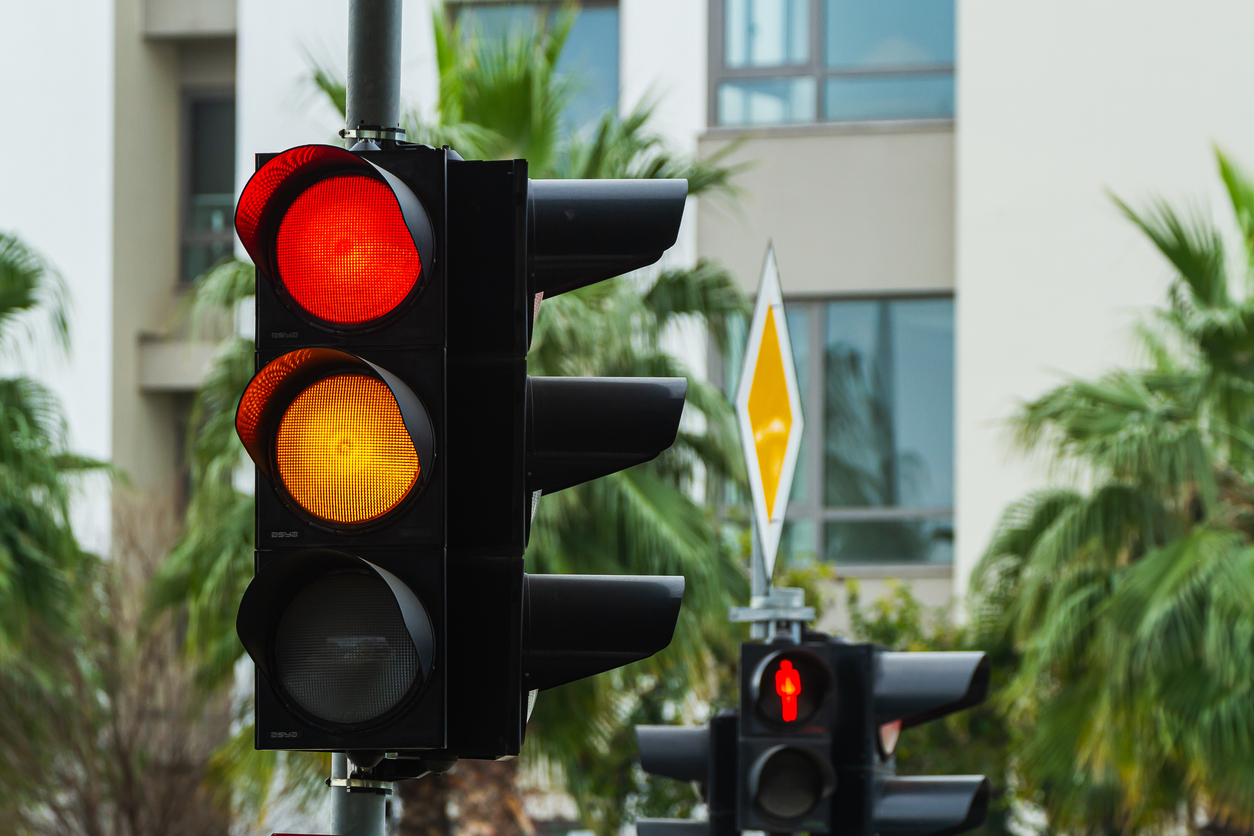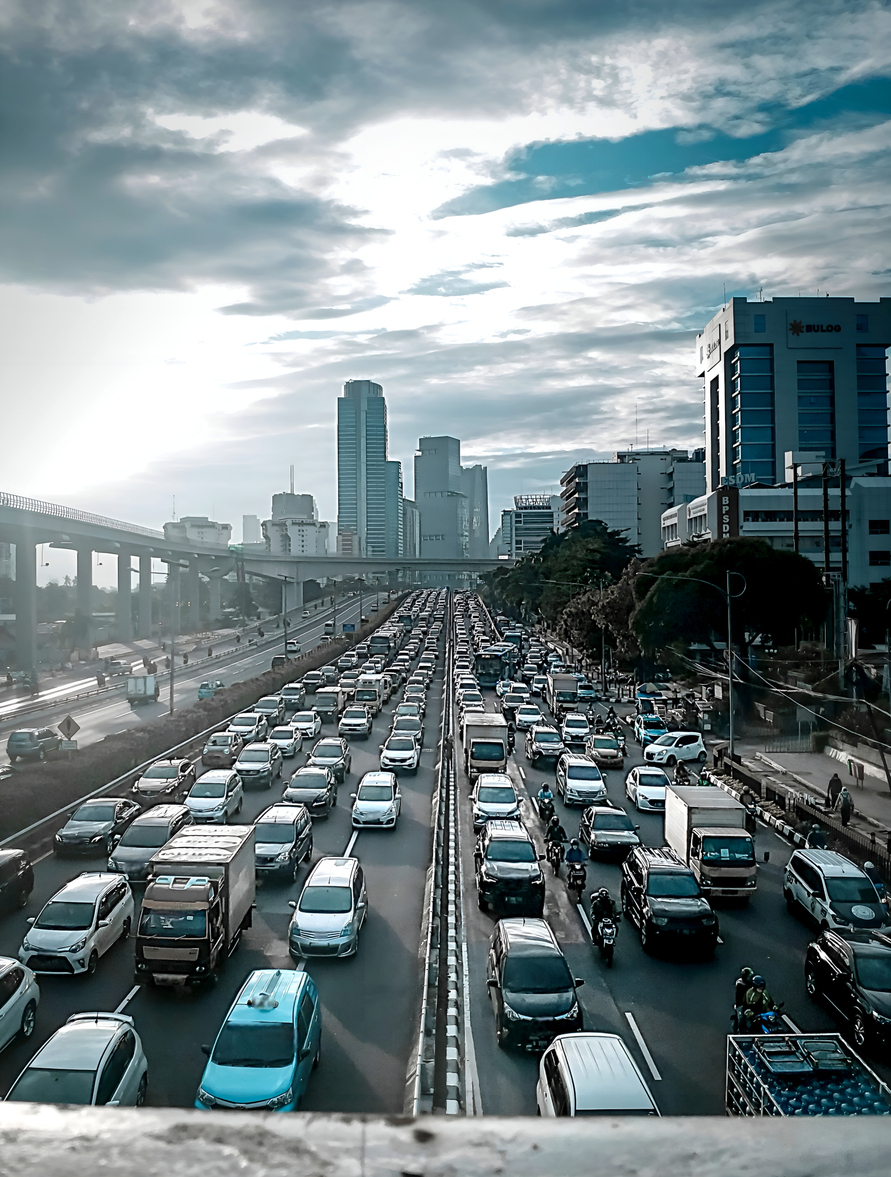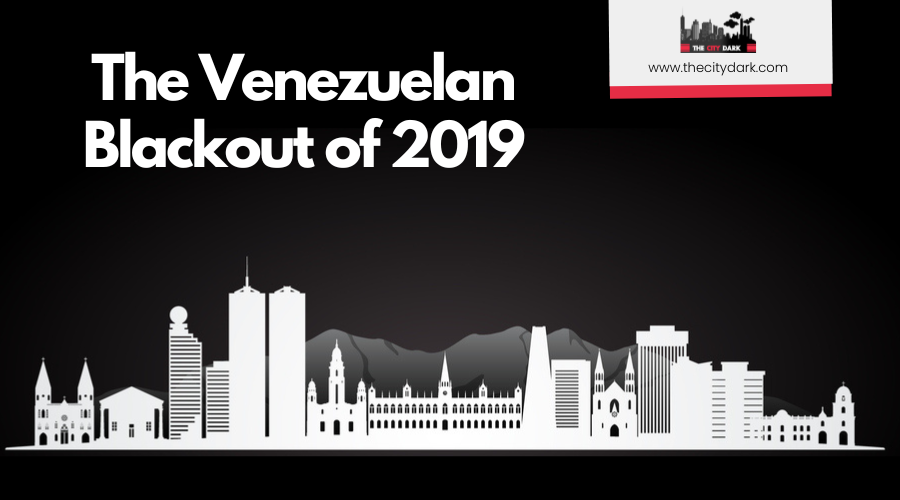The Indonesian Blackout of 2019

Imagine being in Jakarta on August 4, 2019, when the city is suddenly plunged into darkness due to the longest blackout in its history, impacting millions of residents. This extended power outage disrupted daily life, transportation, and communication. What caused such a significant failure, and what measures have been taken to prevent a recurrence? Let's delve into the chain of events and the broader implications of this massive outage.
Areas Affected
The blackout on August 4, 2019, primarily affected the Greater Jakarta area, impacting approximately 21.3 million people. The power outage extended beyond Jakarta to surrounding regions, including Banten and West Java. In West Java, cities such as Bandung, Bekasi, and Bogor were significantly affected, leaving millions without electricity. The malfunctioning traffic lights in the Greater Jakarta area caused widespread traffic disruptions, adding to the chaos.
In Banten, areas like Cilegon faced prolonged disruptions, affecting around 3 million people. The blackout's far-reaching effects included the failure of vital infrastructure like traffic lights, which created safety hazards and brought traffic to a standstill.
The power outage also disrupted daily life in West Java, affecting key cities like Cianjur, Cimahi, and Cirebon. The blackout impacted not only homes but also businesses and essential services. Mass transit systems, crucial for daily commuters, were significantly disrupted.
From the bustling streets of Jakarta to the quieter regions of West Java and Banten, the blackout highlighted the region's heavy reliance on a stable power supply and the ensuing chaos when it is disrupted.
Causes of the Blackout

To understand the causes of the blackout on August 4, 2019, one must examine the complex structure of Indonesia's power grid. The primary cause was a disturbance on the 500 kV transmission line between Ungaran and Pemalang, leading to voltage drops and subsequent failures in power distribution. Initially, there was confusion, with disruptions in gas turbines at the Suralaya and Cilegon power plants suspected, but investigations clarified the real issue.
Key factors leading to the blackout include:
- Transmission Line Disturbance: The primary issue was a disturbance on the 500 kV transmission line between Ungaran and Pemalang, resulting in significant voltage drops.
- Lightning Strike: A lightning strike disabled one of the transmission lines, causing an overload on the already limited east-west transmission network.
- Systemic Failures: This disturbance led to cascading failures in the power distribution system, revealing vulnerabilities in the grid.
- PLN's Challenges: The state electricity company, PLN, faced losses of 90 billion rupiah and pledged 839 billion rupiah in compensation to affected customers.
These factors collectively led to a massive outage, affecting over 21.3 million people across Jakarta and surrounding provinces, underscoring the critical need for grid improvements.
Immediate Impact
Chaos erupted immediately as traffic lights failed across Jakarta, causing massive jams and confusion. Commuters were stranded, with the newly opened MRT system halting operations and triggering mass evacuations. Hospitals scrambled to keep critical services running on backup generators, while mobile networks buckled, making communication difficult.
Traffic Light Failures

On August 4, 2019, an unexpected blackout plunged Jakarta's traffic lights into darkness, causing widespread chaos. Over 10 million residents were left navigating through a maze of stalled vehicles. The non-functioning traffic lights led to severe congestion, making it almost impossible for cars to move smoothly through intersections. Emergency services faced significant challenges, as they had to manually direct traffic to alleviate the gridlock.
The blackout's immediate impact on traffic was profound. Here's a closer look at what transpired:
- Intersection Chaos: With traffic lights out of service, intersections became chaotic, leading to confusion and significant delays.
- Emergency Delays: Ambulances and fire trucks found it difficult to reach their destinations due to the severe congestion, substantially slowing emergency response times.
- Manual Direction: Police and other emergency personnel had to step in to manually direct traffic, a challenging task given the sheer volume of vehicles.
- Need for Backup Systems: The incident underscored the urgent need for robust backup systems to ensure traffic signals remain operational during power outages.
The failure of traffic lights during the blackout left Jakarta's streets in disarray, emphasizing the critical importance of reliable infrastructure.
Transportation System Disruptions
The blackout on August 4, 2019, caused significant disruptions to Jakarta's transportation systems. Traffic lights across the city failed, leading to severe congestion and chaotic intersections, significantly increasing the risk of accidents.
The newly opened MRT system, operational since March 2019, experienced immediate disruptions, resulting in passenger evacuations and leaving many stranded. Similarly, KRL Commuterline trains halted, stranding hundreds of passengers, including families with children, who had to find alternative ways to reach their destinations.
Despite these widespread issues, TransJakarta's bus rapid transit system remained operational, providing a rare lifeline for stranded commuters. However, the overall impact was severe, with notable delays and confusion. The blackout highlighted Jakarta's heavy reliance on electricity to maintain its transportation systems.
Effects on Transportation

On August 4, 2019, Jakarta experienced a significant blackout that caused widespread disruption. The newly operational MRT system had to evacuate passengers, and the failure of traffic lights led to massive congestion. This event affected thousands of daily commutes and left many people stranded, highlighting vulnerabilities in the city's infrastructure.
MRT System Evacuations
When Jakarta experienced a blackout on August 4, 2019, the newly launched MRT system, operational since March, faced an immediate crisis. The power outage necessitated the evacuation of thousands of stranded passengers, revealing significant vulnerabilities in the city's transportation infrastructure. The blackout disrupted the MRT system's electronic operations, causing chaos as commuters sought alternative travel options.
Here's an overview of the impact:
- Evacuations: Thousands of passengers were safely evacuated from halted MRT trains, though the process was time-consuming and stressful.
- Delays: The MRT system's shutdown led to substantial delays, forcing people to find other means of transportation.
- KRL Commuterline: Similar issues affected the KRL Commuterline, stranding many passengers and causing widespread distress, particularly for families with children.
- Transportation Infrastructure: The incident highlighted the need for more resilient transportation infrastructure capable of handling emergencies.
Efforts to restore power began quickly, but the situation underscored Jakarta's reliance on its fragile public transportation systems. For commuters, the blackout served as a stark reminder of the city's infrastructure challenges.
Traffic Light Failures
On August 4, 2019, a blackout in Jakarta disrupted the city's traffic lights, leading to widespread transportation chaos. Without functioning traffic lights, intersections became disorganized, resulting in severe congestion that delayed both commuters and emergency vehicles. Millions were affected, trapped in extensive traffic jams and facing prolonged travel times.
Local authorities intervened by manually directing traffic to manage critical intersections. This temporary measure, however, provided minimal relief. Public transportation, including commuter trains, also experienced significant delays due to the inability to manage traffic effectively during the blackout.
In a densely populated city like Jakarta, non-operational traffic lights exacerbated daily commuting challenges for millions. The following table highlights the primary issues:
| Problem | Impact on Transportation | People Affected |
|---|---|---|
| Traffic light failures | Severe congestion | Millions of residents |
| Manual traffic direction | Limited relief | Commuters, emergency vehicles |
| Public transportation delays | Extended travel times | Daily commuters |
The blackout highlighted Jakarta's vulnerability to such disruptions, underscoring the need for more robust systems to prevent future chaos. This incident serves as a cautionary tale for urban centers worldwide, emphasizing the importance of resilient infrastructure.
Communication Disruptions
During the 2019 blackout in Indonesia, residents faced severe connectivity issues that disrupted communication. Telekom Indonesia reported major disruptions to phone lines and internet services, causing significant frustration. These widespread communication failures complicated emergency responses and public safety efforts.
Social media activity surged, with hashtags like #MatiLampu trending as people turned to digital platforms for information. This reliance on the internet underscored its importance for staying informed. However, the communication breakdown made accessing real-time updates about power restoration efforts difficult.
The outage exposed vulnerabilities in Jakarta's communication infrastructure, which struggled to manage the sudden power loss and increased demand for information. Key issues encountered included:
- Phone Line Disruptions: Many were unable to make or receive calls, essential for emergencies.
- Internet Speed Restrictions: Slow internet made information access challenging.
- Emergency Response Complications: Coordination efforts were severely hindered.
- Real-Time Update Challenges: Residents struggled to stay informed.
These disruptions highlighted the need for more resilient communication systems to better handle future crises.
Historical Context

How did Jakarta's power infrastructure reach such a critical point? The 2019 blackout, the longest in Jakarta's history, lasting about nine hours, underscored systemic issues within the city's energy infrastructure. Over 30 million people across the Greater Jakarta area and neighboring provinces were affected, revealing the vulnerability of the electricity network to technical issues.
Historical power outages in Jakarta, such as the significant outage in August 2005 that impacted nearly 100 million people for up to five hours, have highlighted recurring challenges. These incidents point to the struggles of the electricity company in meeting the increasing demand driven by rapid urban growth and low government electricity tariffs.
The 2019 blackout was attributed to a disturbance on the 500 kV transmission line between Ungaran and Pemalang, showing the fragility of the existing infrastructure. This incident was not isolated; previous blackouts have prompted discussions about the need for modernization and improvement of the energy infrastructure.
| Year | Duration | Impacted Population |
|---|---|---|
| 2005 | 5 hours | 100 million |
| 2019 | 9 hours | 30 million |
| Past | Short | Localized |
These patterns of power outages reveal the urgent need for more robust and reliable energy solutions.
Future Solutions

To address the systemic issues exposed by the 2019 blackout, a proactive approach to modernizing the energy infrastructure is essential. PLN is committed to appointing an independent party to conduct a root cause analysis, identifying vulnerabilities and ensuring effective solutions are implemented.
Future solutions should focus on several key areas:
- Infrastructure Resilience: Strengthening the grid to withstand disturbances is crucial. Investments in robust infrastructure will help mitigate risks during peak demand periods.
- Energy Management: Implementing advanced management strategies can optimize electricity distribution, ensuring a balanced load and reducing the likelihood of cascading failures.
- Operational Capacity: Enhancing operational capacity through increased investment and technological upgrades is critical. This includes modernizing transmission lines to improve reliability and handle higher loads.
- Diversifying Energy Sources: Reducing dependency on a single energy source by incorporating renewables like solar, wind, and geothermal will bolster overall power supply stability.




